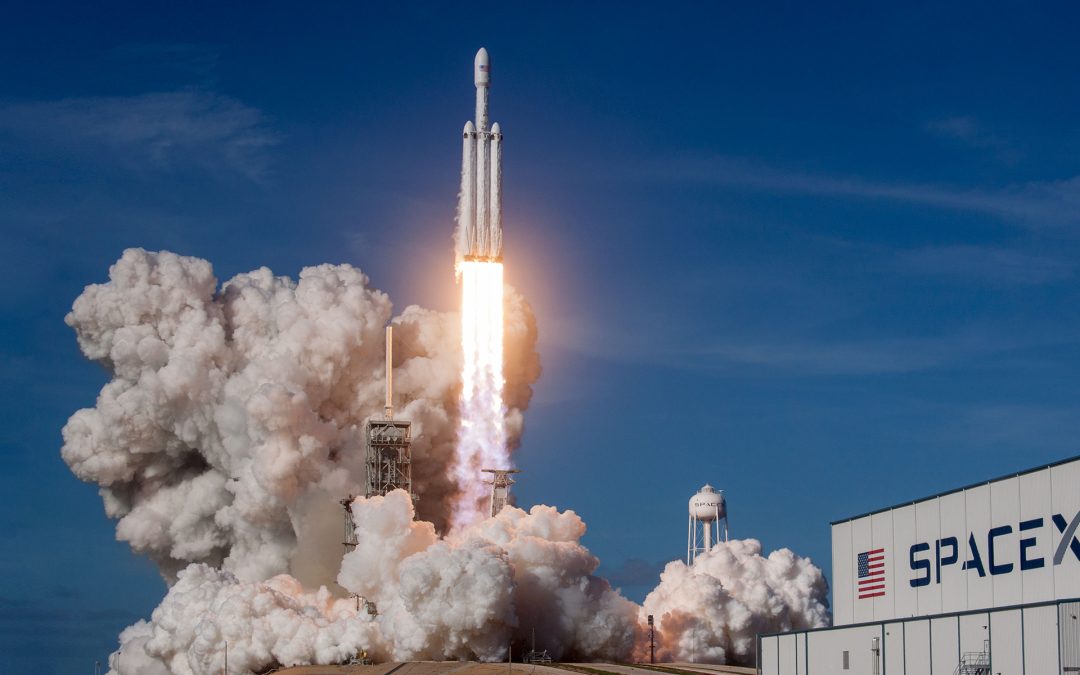NASA has spent over 23 billion dollars on the Orion spacecraft – that has yet to be able to take a person into space. Writes Eric Berger in “The Orion spacecraft is now 15 years old and has flown into space just once“:
The Orion spacecraft dates back to 2005, when NASA issued a “request for proposals” to industry with the goal of “developing a new Crew Exploration Vehicle by 2014 that is capable of carrying astronauts beyond low Earth orbit.” NASA sought Orion as a building block to land humans on the Moon as part of what became known as the Constellation program. This program was later canceled, but Orion survived. Since that time, according to The Planetary Society’s Casey Dreier, NASA has spent $23.7 billion developing the Orion spacecraft. This does not include primary costs for the vehicle’s Service Module, which provides power and propulsion, as it is being provided by the European Space Agency.
For this money, NASA has gotten a bare-bones version of Orion that flew [without a crew] during the Exploration Flight Test-1 mission in 2014. The agency has also gotten the construction of an Orion capsule—which also does not have a full life support system—that will be used during the uncrewed Artemis I mission due to be flown in 12 to 24 months. So over its lifetime, and for $23.7 billion, the Orion program has produced:
- Development of Orion spacecraft
- Exploration Flight Test-1 basic vehicle
- The Orion capsule to be used for another test flight
- Work on capsules for subsequent missions
How does that compare to Elon Musk’s privately run space initiative, SpaceX?
SpaceX is generally considered one of the most efficient space companies. Founded in 2002, the company has received funding from NASA, the Department of Defense, and private investors. Over its history, we can reliably estimate that SpaceX has expended a total of $16 billion to $20 billion on all of its spaceflight endeavors. Consider what that money has bought:
- Development of Falcon 1, Falcon 9, and Falcon Heavy rockets
- Development of Cargo Dragon, Crew Dragon, and Cargo Dragon 2 spacecraft
- Development of Merlin, Kestrel, and Raptor rocket engines
- Build-out of launch sites at Vandenberg (twice), Kwajalein Atoll, Cape Canaveral, and Kennedy Space Center
- 105 successful launches to orbit
- 20 missions to supply International Space Station, two crewed flights
- Development of vertical take off, vertical landing, rapid reuse for first stages
- Starship and Super Heavy rocket development program
- Starlink Internet program (with 955 satellites on orbit, SpaceX is largest satellite operator in the world)
The author calls this an “extreme” comparison. Far from it, when comparing the economics of capitalism and socialism it is the norm.

